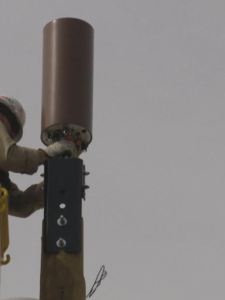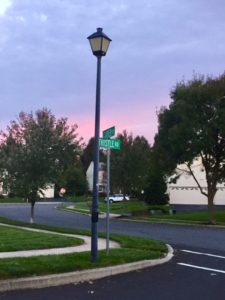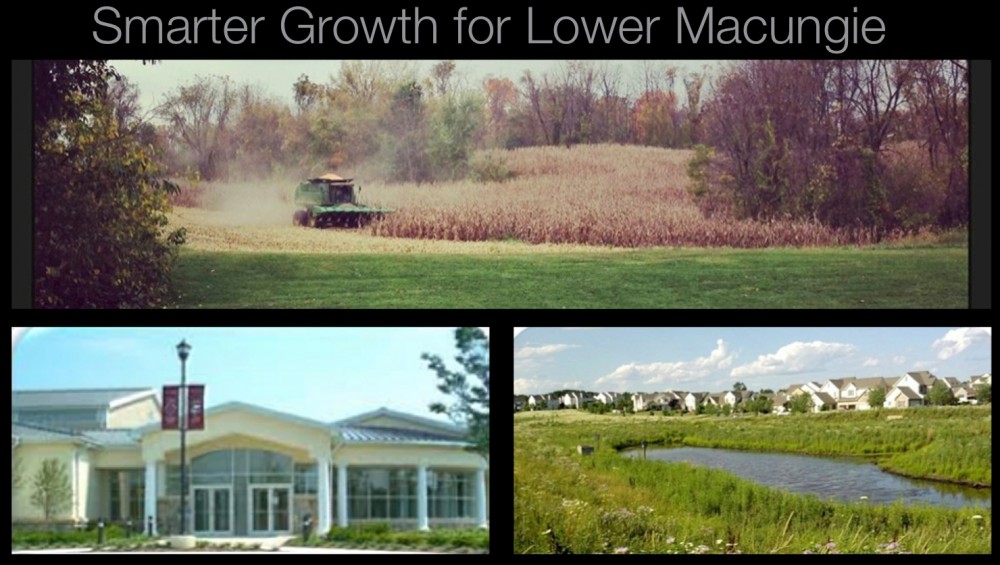Wireless antenna coming to your neighborhood? Lower Mac and other local governments may not be able to help you avoid it IF a new state law is passed.

5G antennas sit on top of existing structures.
Here is the background:
Earlier this year, Lower Mac began work on a sensible ordinance meant to work with wireless carriers on common sense placement of new 5G antennas.
A few months ago however it came to our attention that the State Legislature – under heavy pressure from telecom lobbyists, drafted legislation to take away local control and allow for antennas to be put basically into any existing utility easement including near homes in neighborhoods. So, it would render any local ordinances we draft to try to get a grip on these facilities to protect neighborhoods moot.

No telephone poles in your neighborhood? The State Law would allow antennas placed on top on decorative lights. It also would allow construction of new poles where they don’t exist.
- It would strip municipalities of their zoning authority over all wireless facilities, including new poles and antennas, in the rights-of-way. (Section 3j). While prescribing a maximum permitted height of 50 feet for poles, it also gives wireless companies the “right” to exceed this height limit via a “height limit waiver request.” (Section 3e) Municipalities would be forced to approve any pole of any height at any location regardless of its appropriateness.
- It would drastically cut fees that municipalities are permitted to assess for use of the rights-of-way. Specifically, the bill limits fees as follows: 1) application fee = $100; 2) fee for new poles = $25 per year; 3) fees for new antennas = $25 per year; and 4) fee for new antennas on municipally-owned poles = $50 per year. (Sections 3c, 4n, and 5d) These minimal fees would not allow municipalities to recover their costs of processing applications and managing wireless facilities, so local taxpayers would be forced to subsidize the wireless industry.
- It would significantly shorten the FCC’s mandatory approval timeframes. For example, the FCC allows 30 days for initial review of an application for completeness. HB 2564 would cut this period to 15 days. The FCC also allows 150 days for action on a new pole, after which it would be deemed approved. HB 2564 would shorten this period to 60 days. (Sections 4d and 4e) The bill also allows wireless companies to submit up to 20 permit requests in a single application with no increase in the time for municipalities to review them. (Section 4g)
Advocacy groups representing local governments oppose the legislation.
Richard J. Schuettler, executive director of the Pennsylvania Municipal League said, “It’s one-sided for the industry,” “People want to use 5G and we want it to happen. But there needs to be a recognition of local government and its historic inherent right to manage rights of way.”
